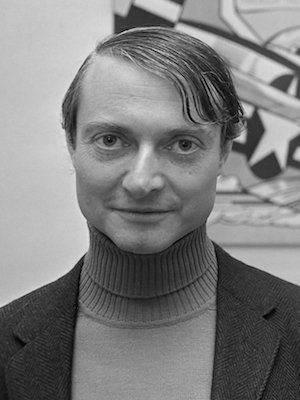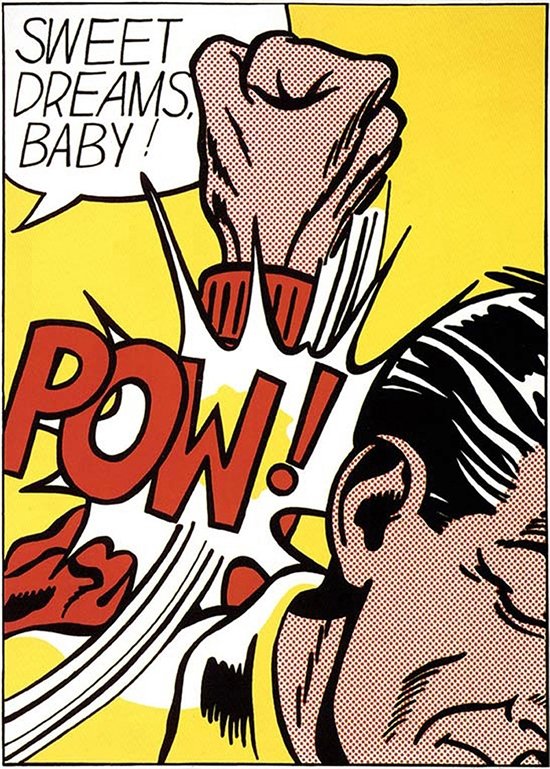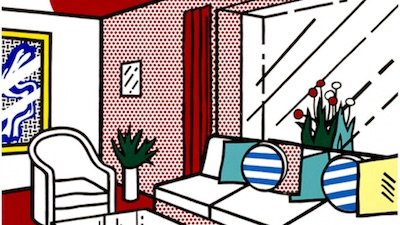PART 2
Definition
In the US, Pop Art started in the late 1950s but really rose to prominence in the 1960s. Pop Art was based on the rejection of traditional art and the appropriation of images from popular and mass culture (common household items, advertisements, mass media, cartoons...). It was also characterized by an impersonal style and the use of mass production techniques, which de-emphasized the idea of originality or of the individuality of the artist. Pop artists used bright colors and their works often combined humour, criticism and irony.
Two major pop artists
Andrew Warhola (1928-1987), better known as Andy Warhol, is perhaps the most famous figure in pop art. He started as a commercial illustrator, but later became known for his work as a painter. He was also an avant-garde filmmaker, a record producer and an author. In his works, he often borrowed images from television, advertising and other mass media, and he was fascinated by images of celebrities and brand name products. Warhol not only used images of mass produced objects in his work, he also used silkscreen printing (serigraphy), which allowed him to mass produce the art itself. In 1968, Warhol predicted that “In the future, everyone will be world-famous for 15 minutes”.

Marilyn Monroe, by Andy Warhol
QUESTIONS ON PART 2
5. What did Pop Art reject?
6. What kind of images did it show?
7. What type of colours did pop artists use?
8. What sort of style characterizes pop art?
9. What techniques were used?
10. What did pop art works combine, aside from colors?
11. Who are the two most famous pop artists?
12. Mention the elements used by Andy Warhol in his works.
13. What was he fascinated by? (Two answers)
14. How did he manage to mass produce art?
15. What did he predict?

![]()













